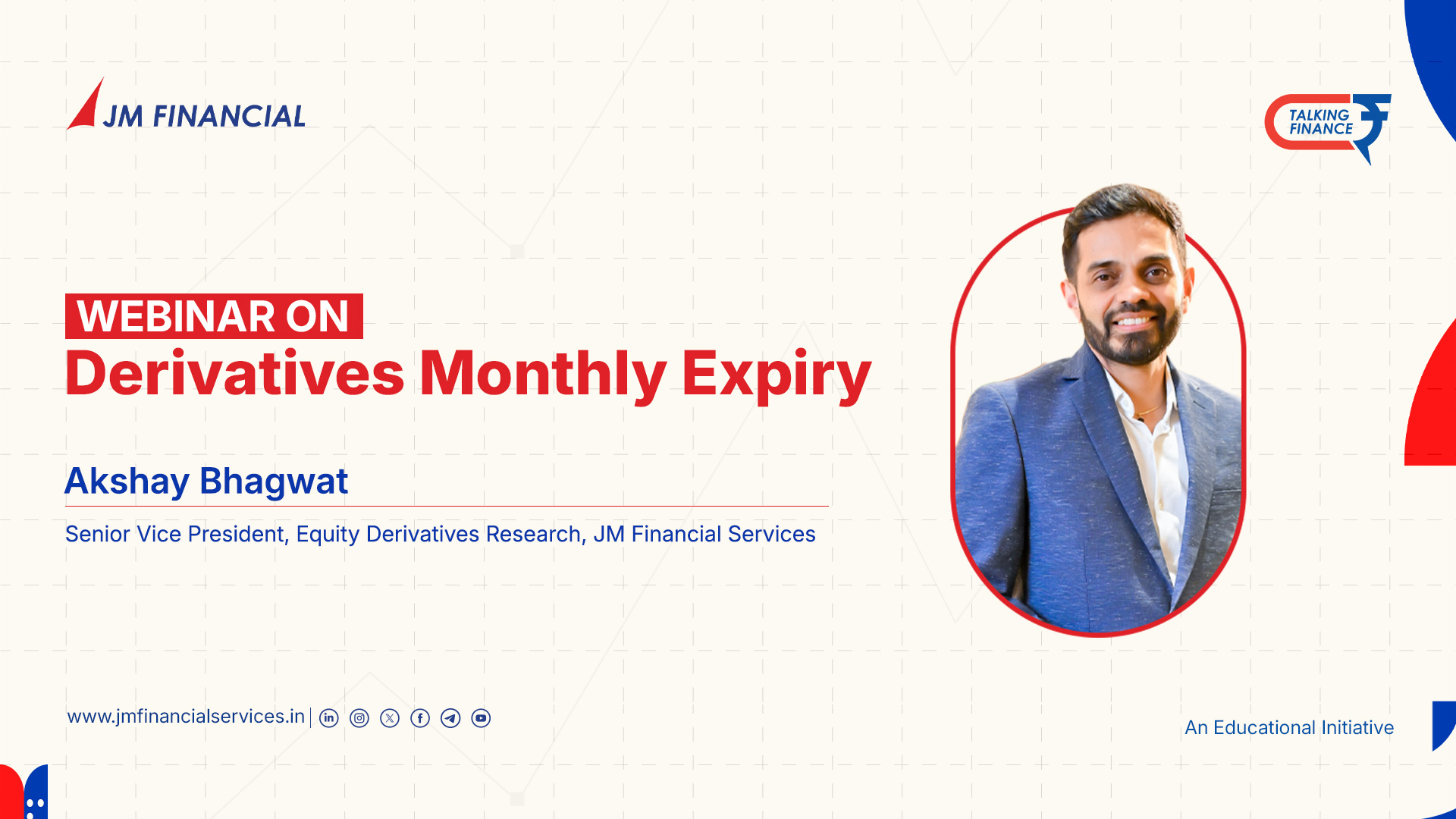What Is Portfolio Rebalancing?
Ever heard someone mention "portfolio rebalancing" and felt like they were speaking a different language? You're not alone. At first glance, it sounds like something only financial advisors or stock market experts care about. But if you’re putting money into mutual funds, stocks, or even SIPs, this concept could quietly shape your financial future—for better or worse.
The Simple Idea Behind Portfolio Rebalancing :-
You might start with, say, 60% in equities (stock-related investments) and 40% in debt (safer stuff like bonds or FDs). But after a few months or years, due to market ups and downs, that mix can change. Maybe your stocks do well and now they form 75% of your portfolio.
Rebalancing is simply restoring your plate to the right portions. It means adjusting your investments to go back to the original ratio you started with—or whatever mix aligns with your goals now.
Importance Of Portfolio Rebalancing :-
- Keeps Your Risk in Check
More equity than planned? That means more exposure to market swings. Rebalancing reins it in. - Helps You Stick to Your Goals
Investing for a house? Retirement? Children's education? Keeping your portfolio in balance ensures you don’t drift too far from the plan. - Encourages Discipline
Instead of reacting emotionally to market highs and lows, rebalancing nudges you toward smart, long-term thinking.
📅 When Should You Rebalance?
There’s no universal rule, but these three triggers are a good guide:
1. At Regular Intervals
Many people check and rebalance once or twice a year. Pick a date and make it a habit—like an annual health check-up, but for your money.
2. When Allocation Drifts Too Much
If your original split was 70% equity and 30% debt, and it becomes 80-20, that’s a signal. A drift of 5% or more usually warrants action.
3. When Life Takes a Turn
Got married? Had a baby? Got a big promotion? These life events can change your risk appetite, and your investments should reflect that.
💡 A Real Example to Paint the Picture
Let’s say Meena, a 35-year-old software professional, starts investing ₹20,000 per month with a 60-40 equity-debt ratio. After two years, her equity funds have surged, and now they account for nearly 75% of her total investments.
Without rebalancing, she’s unknowingly taking more risk than she signed up for. By selling a portion of her equity and moving it into debt funds, she brings the balance back—and protects herself if the market corrects.
It’s not about predicting market movements. It’s about staying on course.
🛠️ How Do You Actually Rebalance?
It’s easier than it sounds. Here’s a step-by-step approach:
- Look at Your Current Mix
Use an app like Zerodha, Groww, or Kuvera—or just a simple spreadsheet. - Compare With Your Target Allocation
Are your equity and debt percentages out of whack? - Make the Adjustments
If one side has grown too much, shift money accordingly. You may sell some equity or debt and invest in the underweighted side. - Don’t Forget Taxes
Selling assets might mean you owe capital gains tax. Try to use tax-saving instruments where possible, or time the rebalancing smartly.
What Happens If You Don’t Rebalance?
It’s tempting to ignore the process, especially when markets are booming. But skipping rebalancing can lead to:
- Higher risk during market crashes
- Missed financial goals due to poor asset distribution
- Emotional investing, where you act based on headlines rather than strategy
In the long run, a neglected portfolio becomes chaotic—just like a messy closet. Everything’s there, but nothing is in order.
📲 Tools That Can Help
If you’re not a numbers person, don’t worry. Several apps and platforms in India help automate or guide the process:
- ET Money, INDmoney, Kuvera: These apps provide portfolio analysis and suggest when it’s time to rebalance
- DIY with Google Sheets: Great for those who prefer control
- Certified Financial Planners: For those who want to be completely hands-off
🙋 Is Rebalancing for Everyone?
Yes. Whether you invest ₹5,000 or ₹50,000 per month, portfolio rebalancing is for anyone who wants to grow wealth without losing sleep.
The idea is not to make wild changes, but gentle course corrections over time. Think of it as tuning a guitar—it only takes a small tweak to get back in tune.
Final Thoughts
At its heart, portfolio rebalancing is just smart maintenance. It doesn’t take much time, but it can make a world of difference over decades. By taking a few hours every year to review and realign your investments, you’re making sure your money stays in step with your life goals.
Because investing isn't just about chasing returns—it's about building a life you want, brick by brick.
- PAN Card
- Cancelled Cheque
- Latest 6 month Bank Statement (Only for Derivatives Trading)





